ChatGPT:Tavira is a picturesque town in the Algarve region of Portugal, known for its charming blend of historical architecture and natural beauty. It features a rich history with Roman and Moorish influences, evident in its well-preserved bridges, churches, and traditional whitewashed buildings. The town is bisected by the Gilão River, adding to its scenic charm. Tavira also boasts beautiful beaches on nearby Tavira Island, accessible by ferry. Its cobblestone streets, vibrant squares, and a relaxed atmosphere make it a popular destination for those seeking a mix of culture and leisure.
Origin and Early History
Tavira’s origins date back to the late Bronze Age (around 1000 BC), when it was first settled by the Tartessians. Over time, it became an important Phoenician settlement due to its strategic coastal location. The Romans later occupied Tavira, naming it “Balsa,” and it flourished as a significant port and trading center.
Moorish Influence
In the 8th century, the Moors conquered Tavira, bringing Islamic culture, architecture, and advancements in agriculture. The town’s layout, characterized by narrow, winding streets and whitewashed buildings, still reflects this period. The Moors built fortifications, including the castle, and introduced sophisticated irrigation systems that boosted local agriculture.
Christian Reconquest
Tavira was reconquered by the Portuguese during the Christian Reconquest (Reconquista) in the 13th century, specifically in 1242. King D. Paio Peres Correia led the charge, and the town was subsequently integrated into the Kingdom of Portugal. This era saw the construction of many churches, including the Church of Santa Maria do Castelo, built on the site of a former mosque.
Economic Growth and Development
The 16th and 17th centuries marked a period of economic prosperity for Tavira, driven by maritime trade, fishing, and salt production. The town became a significant exporter of salt, dried fish, and other goods. The economic boom led to the construction of impressive civic and religious buildings, such as the Misericórdia Church and the São Sebastião Church.
Decline and Revival
Tavira’s economic fortunes declined in the 18th century due to competition from other ports and a devastating earthquake in 1755 that damaged much of the town. Despite this, Tavira retained its historical charm and gradually recovered.
Modern Era
In the 20th century, Tavira began to develop as a tourist destination, attracting visitors with its historical sites, beautiful beaches, and tranquil atmosphere. Efforts to preserve its architectural heritage and natural environment have paid off, making it one of the most attractive towns in the Algarve.
Today
Today, Tavira is known for its blend of historical and cultural richness, picturesque landscapes, and vibrant local life. The town’s development balances modern amenities with the preservation of its unique historical character, making it a beloved destination for both tourists and locals.
Historical Monuments and Tourist Attractions in Tavira
- Tavira Castle (Castelo de Tavira):
- An ancient Moorish castle offering panoramic views of the town and surrounding area. It features well-preserved walls and a lovely garden.
- Roman Bridge (Ponte Romana):
- A picturesque seven-arched bridge over the Gilão River, originally built by the Romans and later reconstructed in the medieval period.
- Church of Santa Maria do Castelo:
- Built on the site of a former mosque, this Gothic church is one of the town’s most important religious buildings, housing the tombs of knights who helped reconquer Tavira.
- Igreja da Misericórdia:
- Renowned for its beautiful Renaissance architecture and intricate tile work, this church is a must-visit for art and history enthusiasts.
- Tavira Tower (Torre de Tavira):
- Originally a water tower, now a camera obscura offering a unique way to view the town and learn about its landmarks.
- Igreja de São Sebastião:
- A Baroque-style church known for its elaborate interior decorations and azulejos (Portuguese tiles).
- Pego do Inferno:
- A scenic waterfall and natural pool located a few kilometers outside of Tavira, perfect for a nature excursion.
- Tavira Gran Plaza:
- A modern shopping center offering a variety of shops, restaurants, and entertainment options.
- Praia do Barril:
- A beautiful beach located on Tavira Island, accessible by a charming miniature train or a short walk across a scenic pedestrian bridge.
- Palácio da Galeria:
- A historical palace now serving as a contemporary art gallery and cultural center, showcasing various exhibitions and events.
- Salt Pans of Tavira (Salinas de Tavira):
- An area of traditional salt production where visitors can learn about the salt harvesting process and observe local wildlife.
- Benamor Golf:
- A golf course offering scenic views and a relaxing atmosphere for golf enthusiasts.
- Igreja de Santiago:
- A historic church with a mix of Gothic and Manueline architectural styles, known for its beautiful altarpiece and interior design.
- Mercado da Ribeira:
- The town’s riverside market, offering local produce, crafts, and a lively atmosphere.
- Tavira Municipal Museum:
- Featuring exhibits on the town’s history, archaeology, and cultural heritage, located in several historic buildings around Tavira.
These attractions highlight Tavira’s rich history, cultural diversity, and natural beauty, making it a captivating destination for visitors.
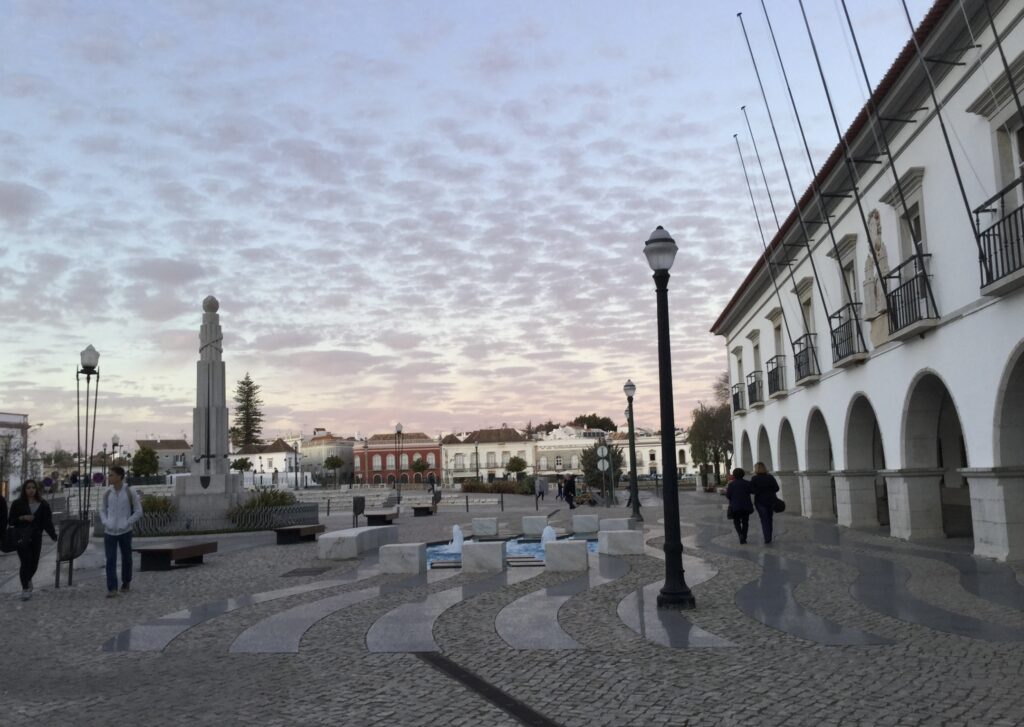
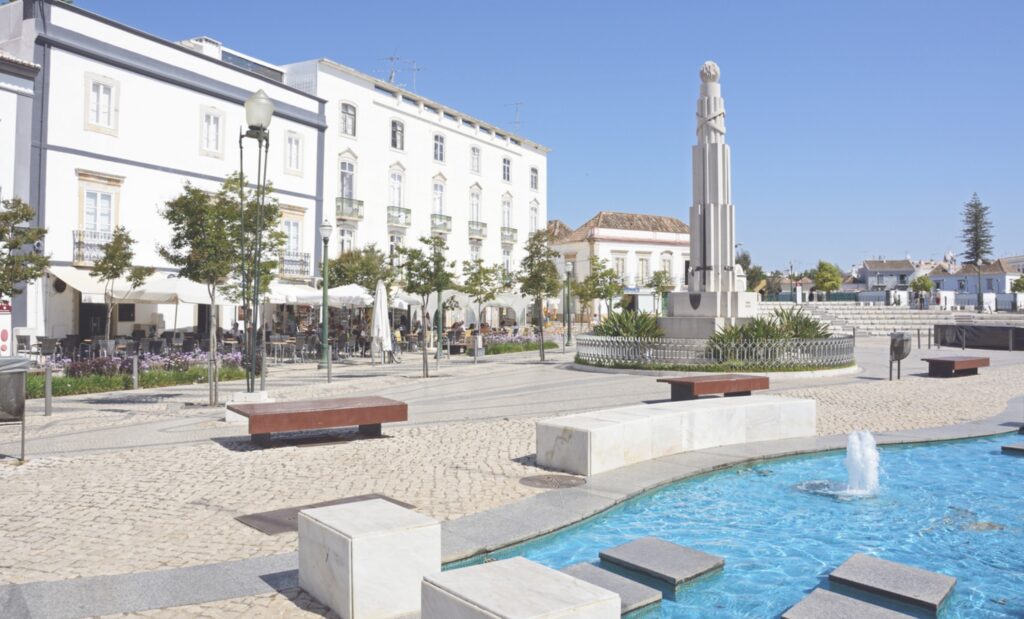
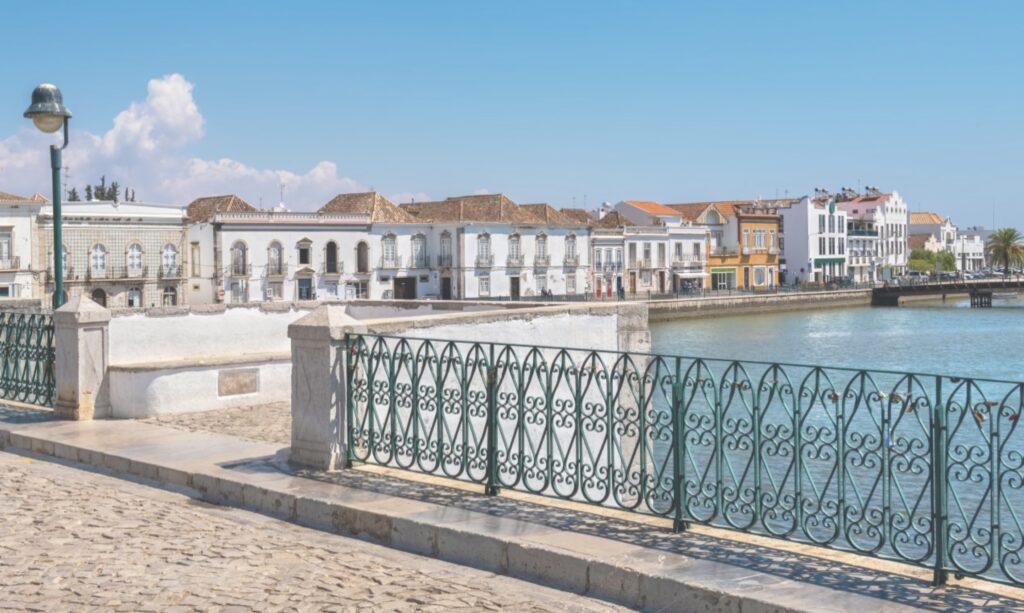
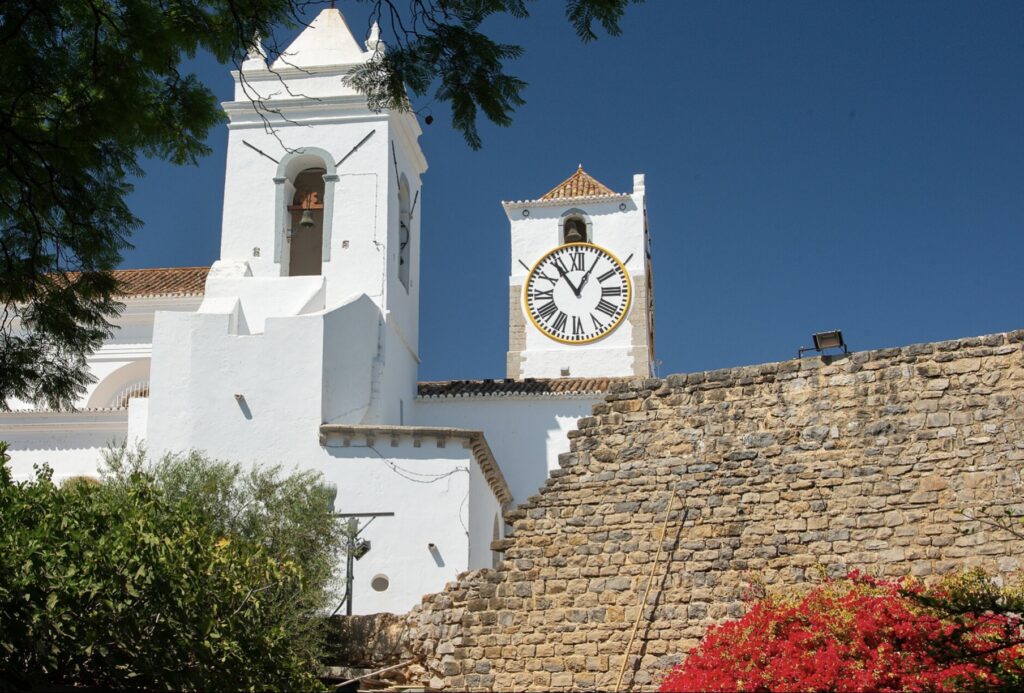
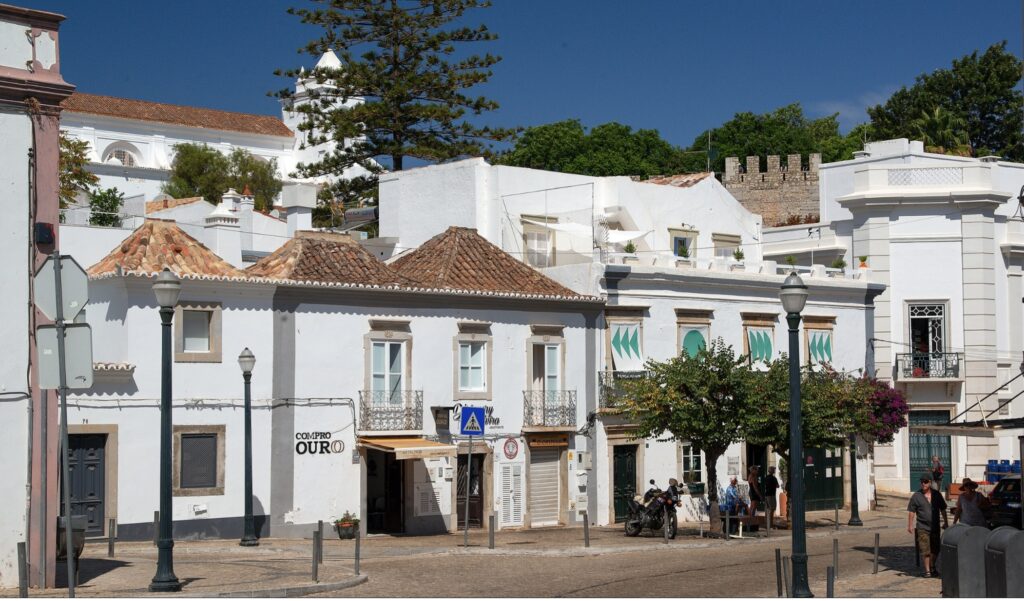
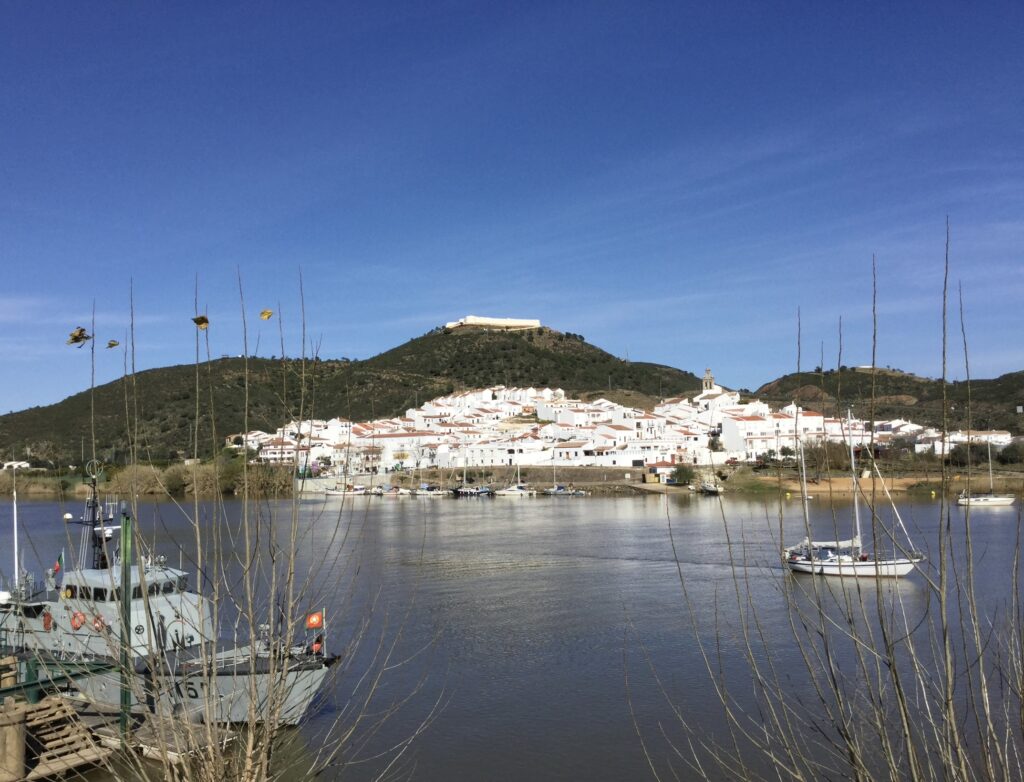
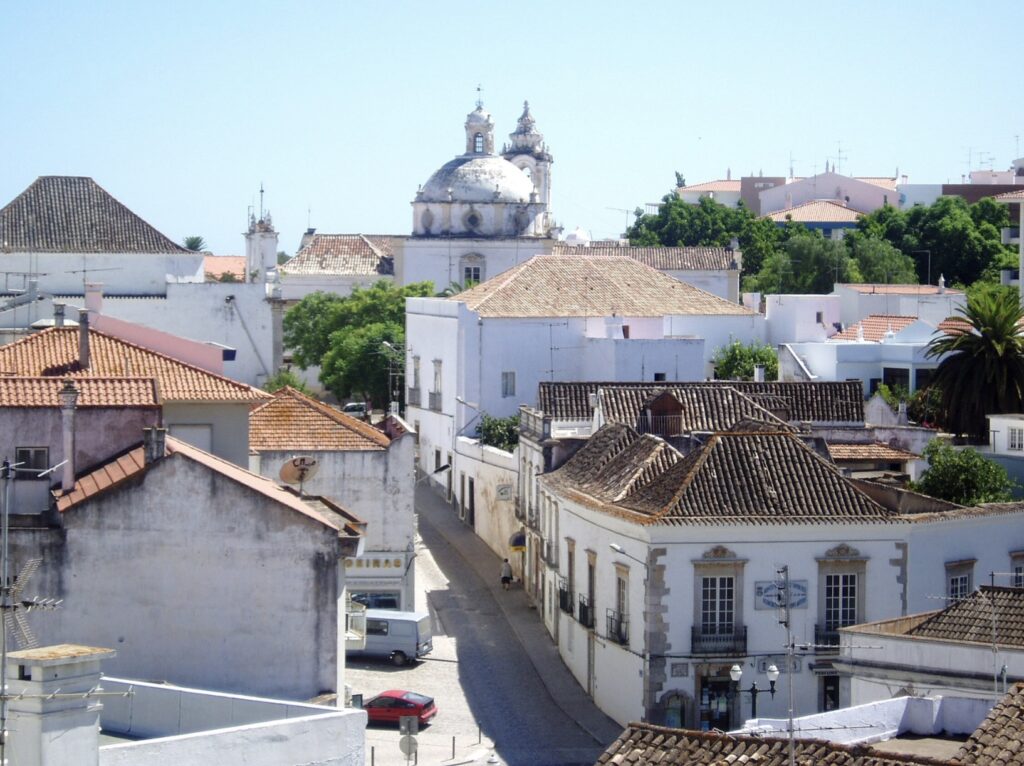

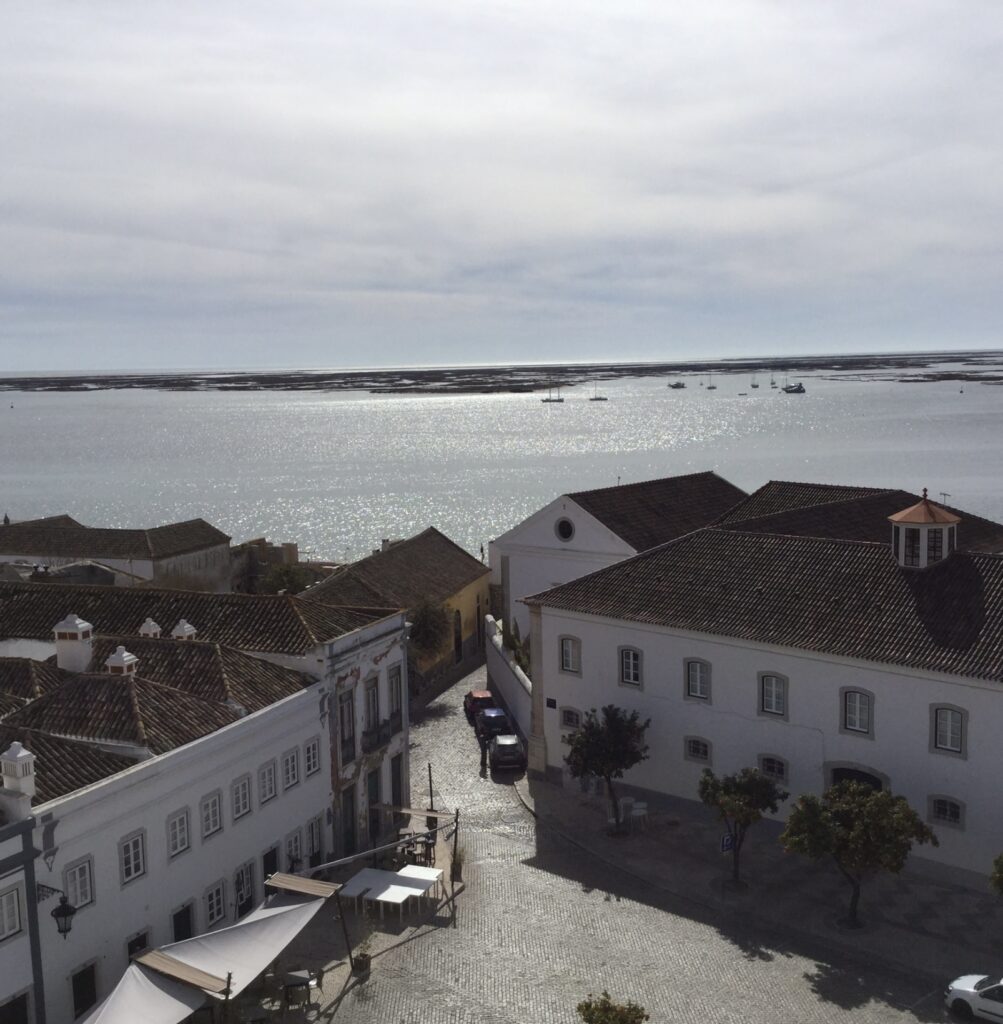
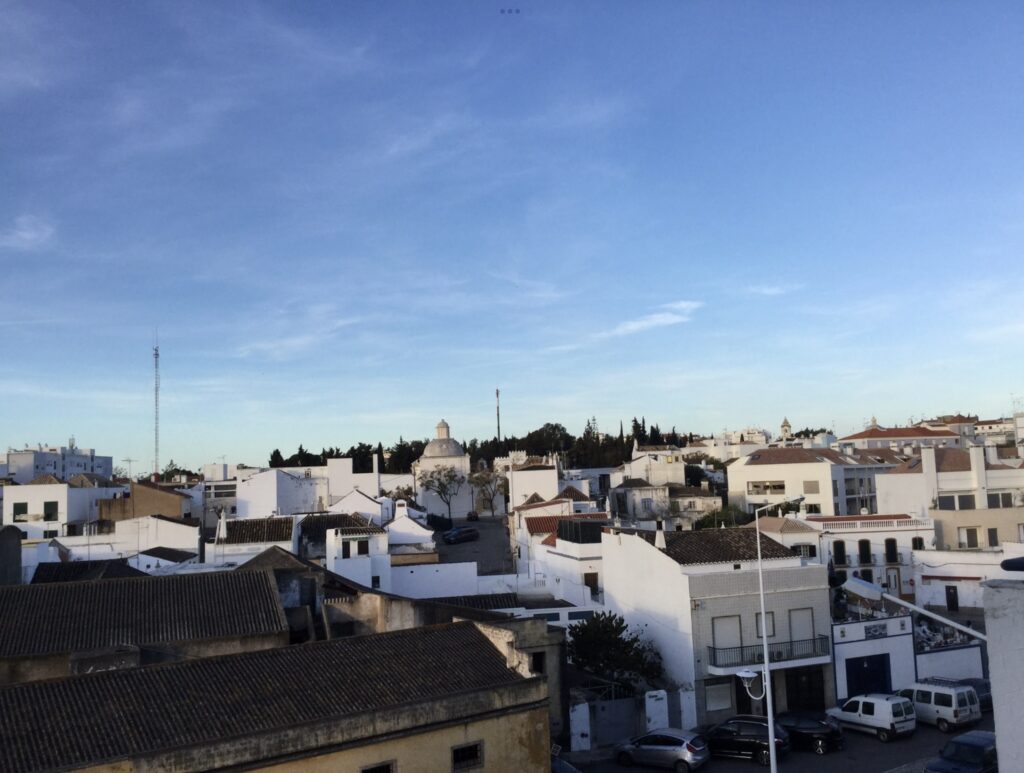
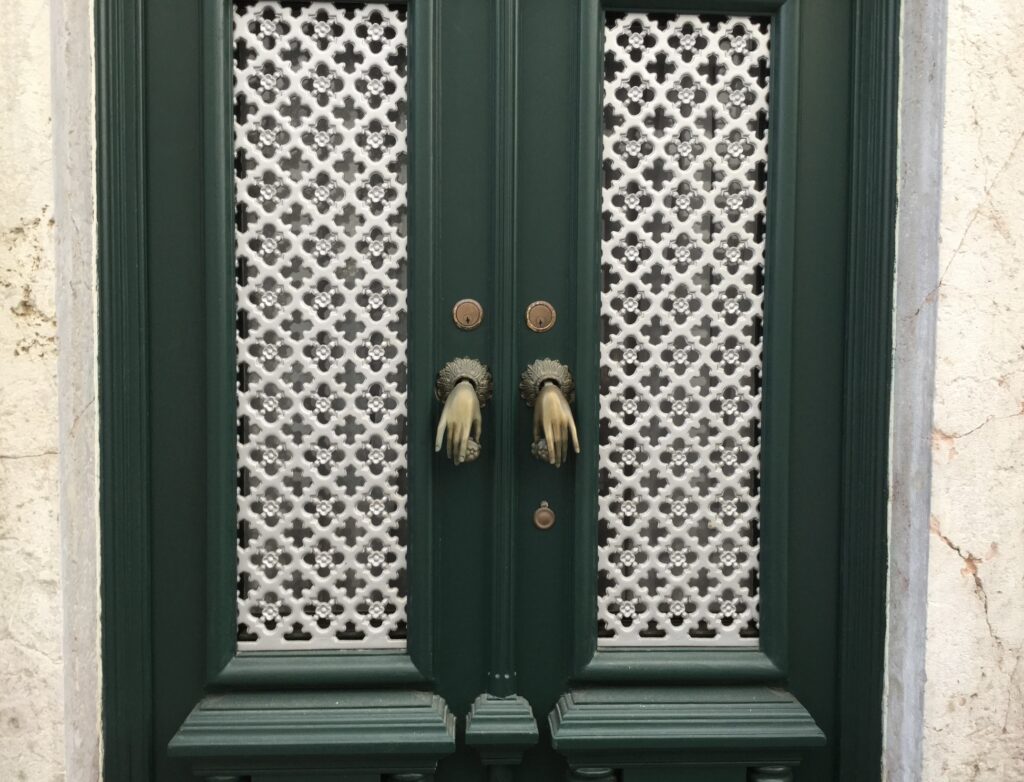
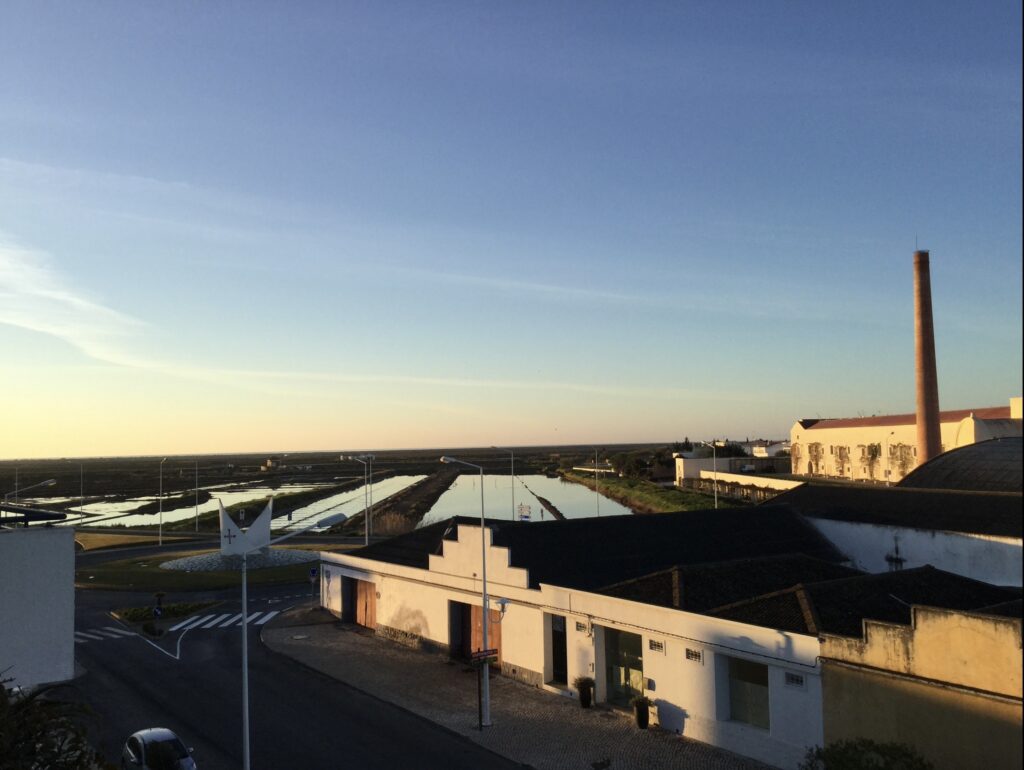
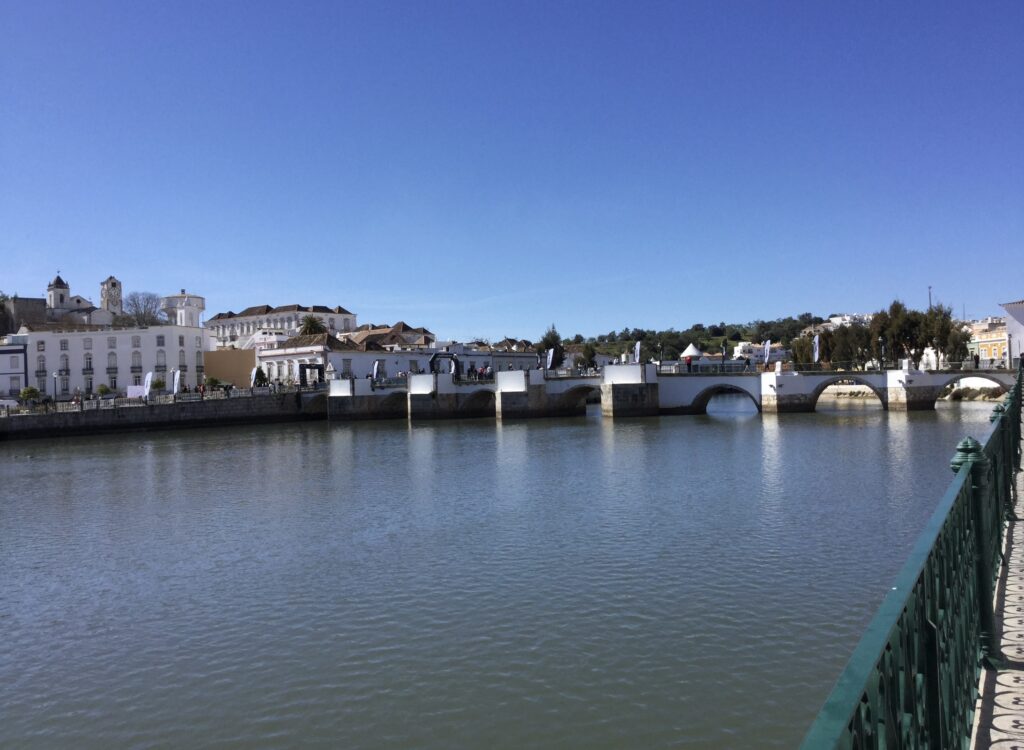
Suggested Hiking Trails Near Tavira for Two-Day Trips
Day 1: Coastal and Scenic Trails
- Ria Formosa Natural Park Trail
- Distance: Approximately 12 km (round trip)
- Duration: 4-5 hours
- Description: Explore the stunning Ria Formosa lagoon system, with its diverse birdlife, salt pans, and tranquil landscapes. Start from Cabanas de Tavira and walk along the coastal paths, enjoying views of the lagoon and nearby islands.
- Tavira Island to Barril Beach
- Distance: Approximately 10 km (round trip)
- Duration: 3-4 hours
- Description: Take the ferry to Tavira Island and hike along the pristine beaches to Barril Beach. Enjoy the coastal scenery, stop by the Anchor Graveyard (Cemitério das Âncoras), and relax on the sandy shores.
Day 2: Inland and Nature Trails
- Cachopo Trail
- Distance: Approximately 14 km (round trip)…
- Duration: 5-6 hours
- Description: Head inland to the small village of Cachopo. The trail offers a mix of forest paths, rolling hills, and traditional Algarve countryside. Enjoy the serene environment, old windmills, and panoramic views.
- Pego do Inferno Waterfall Trail
- Distance: Approximately 8 km (round trip)
- Duration: 3-4 hours
- Description: Start from Tavira and hike to the beautiful Pego do Inferno waterfall. The trail takes you through lush greenery and along the Asseca River. Enjoy a refreshing dip in the natural pool and picnic by the waterfall.
Additional Tips:
- Gear: Wear comfortable hiking shoes, bring plenty of water, sunscreen, and a hat.
- Navigation: Carry a map or use a GPS app to stay on track.
- Timing: Start early in the morning to avoid the midday heat, especially in summer.
- Local Advice: Check with local tourism offices or hiking groups for any trail updates or additional recommendations.
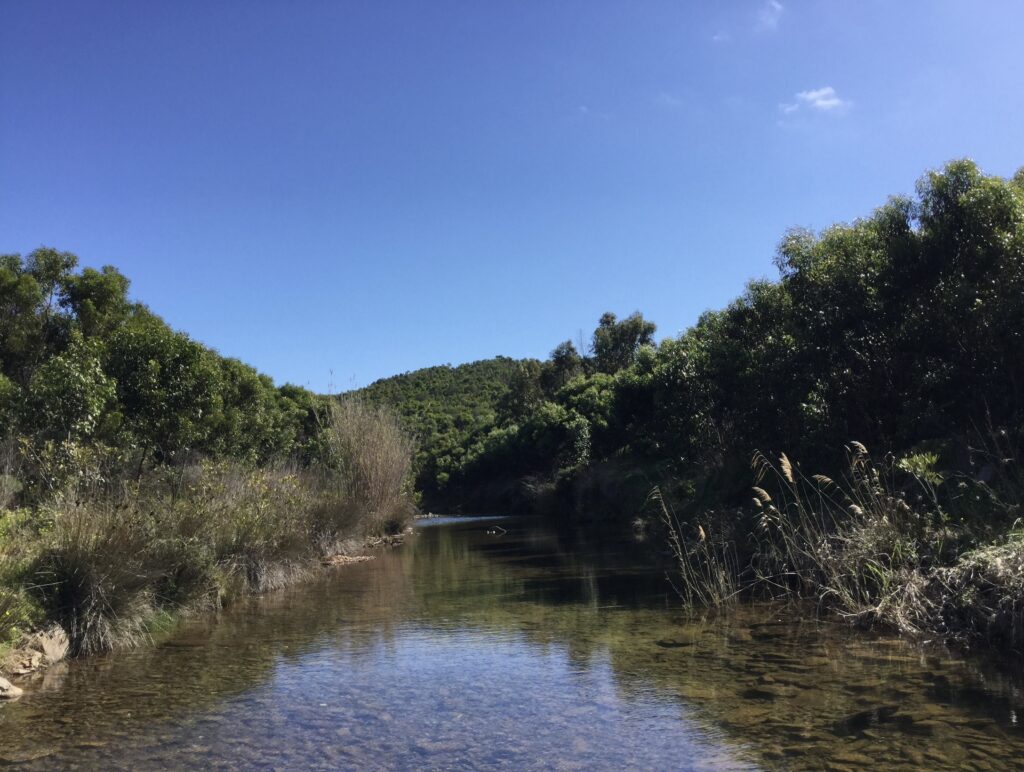
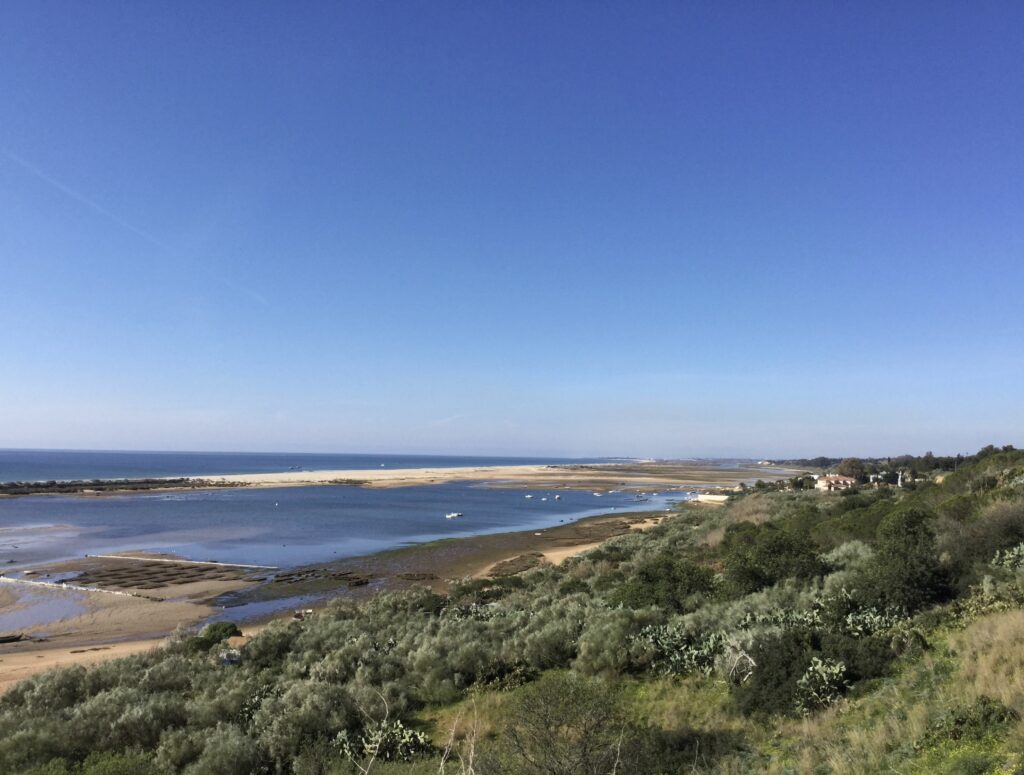
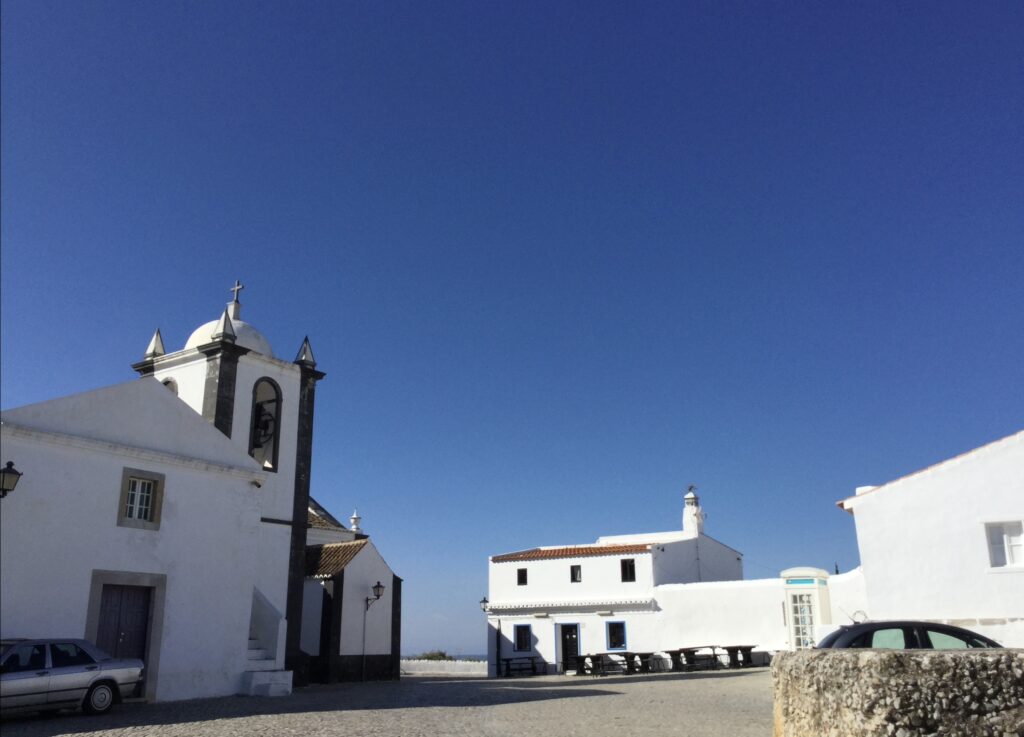
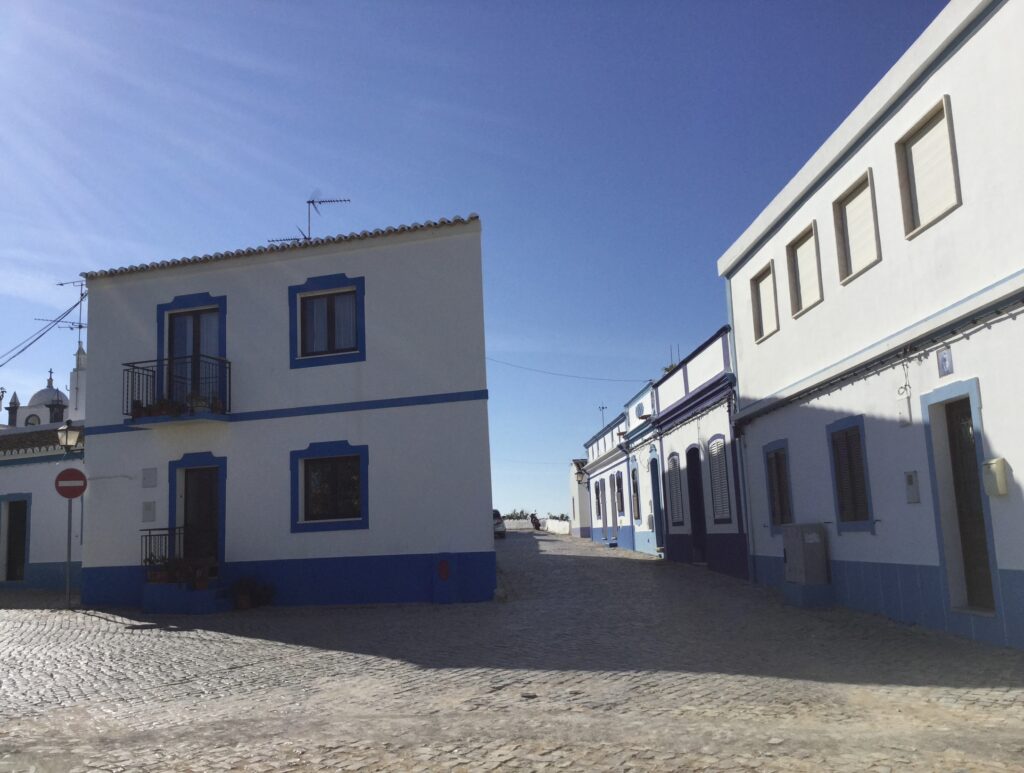
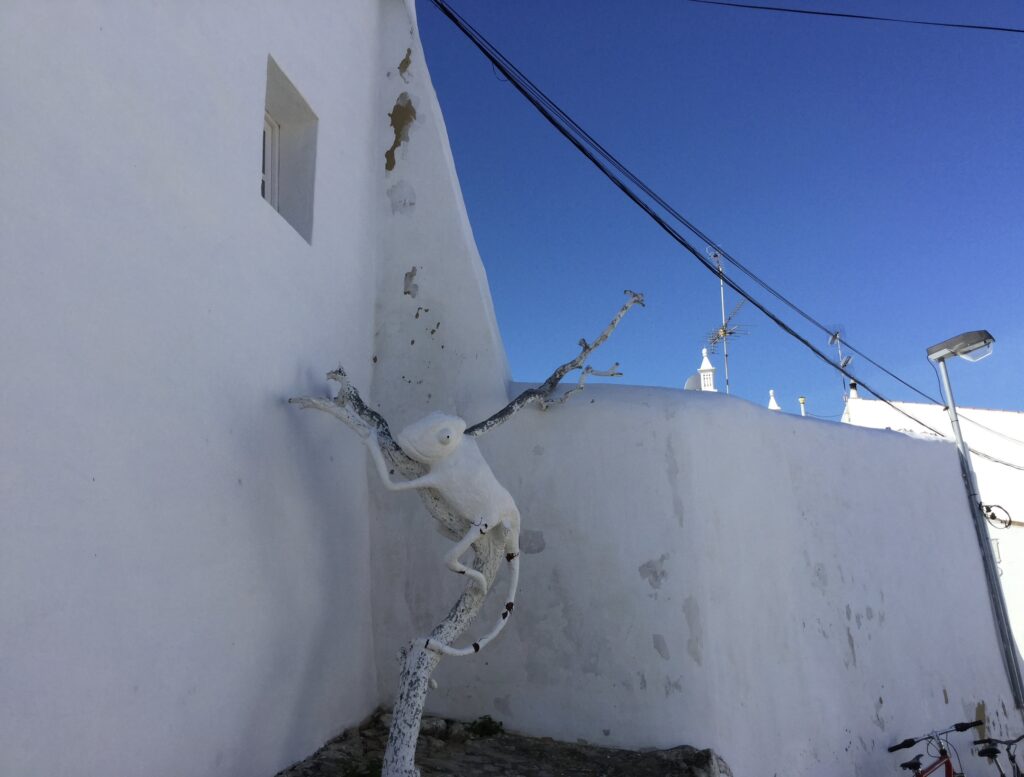
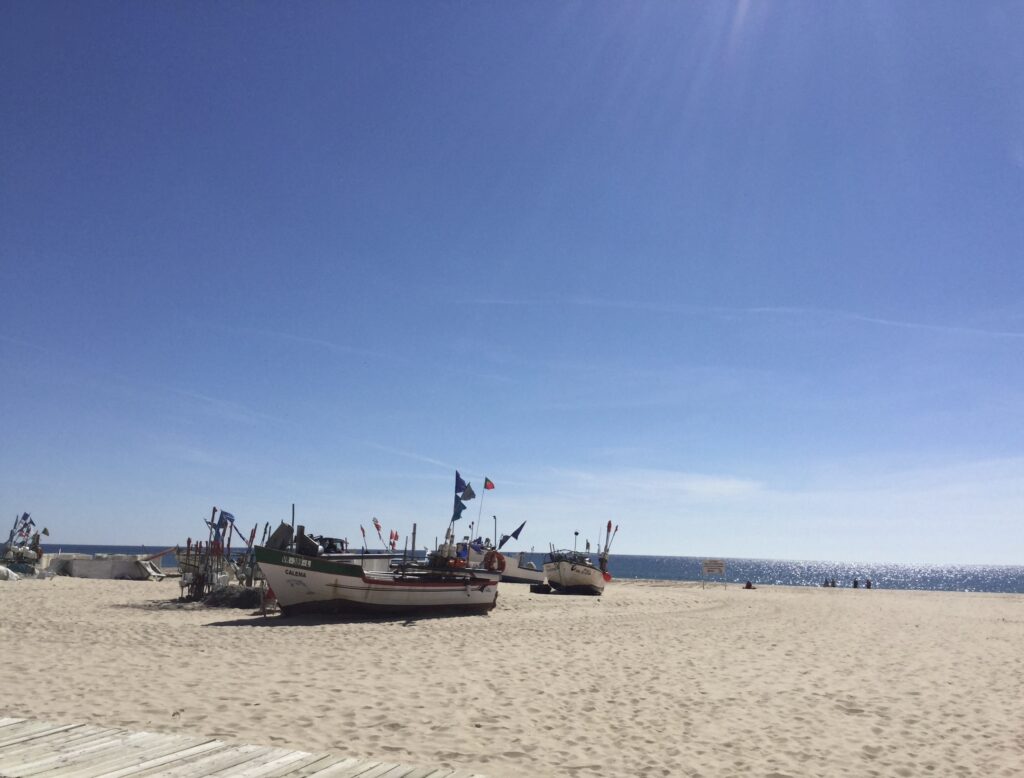
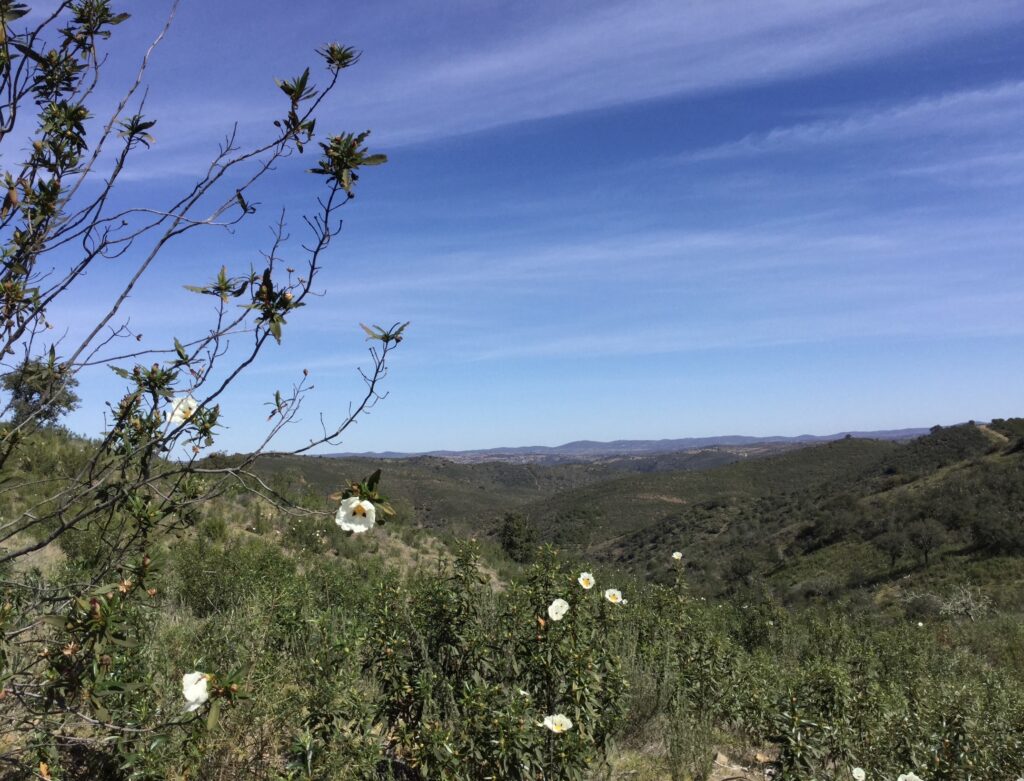
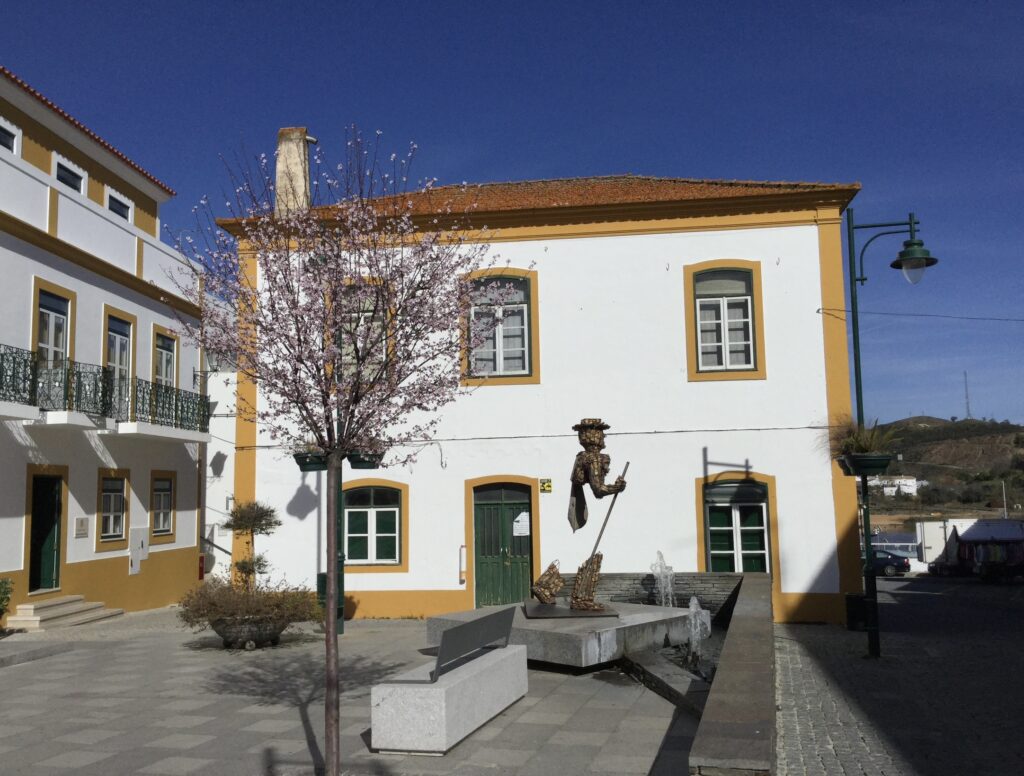
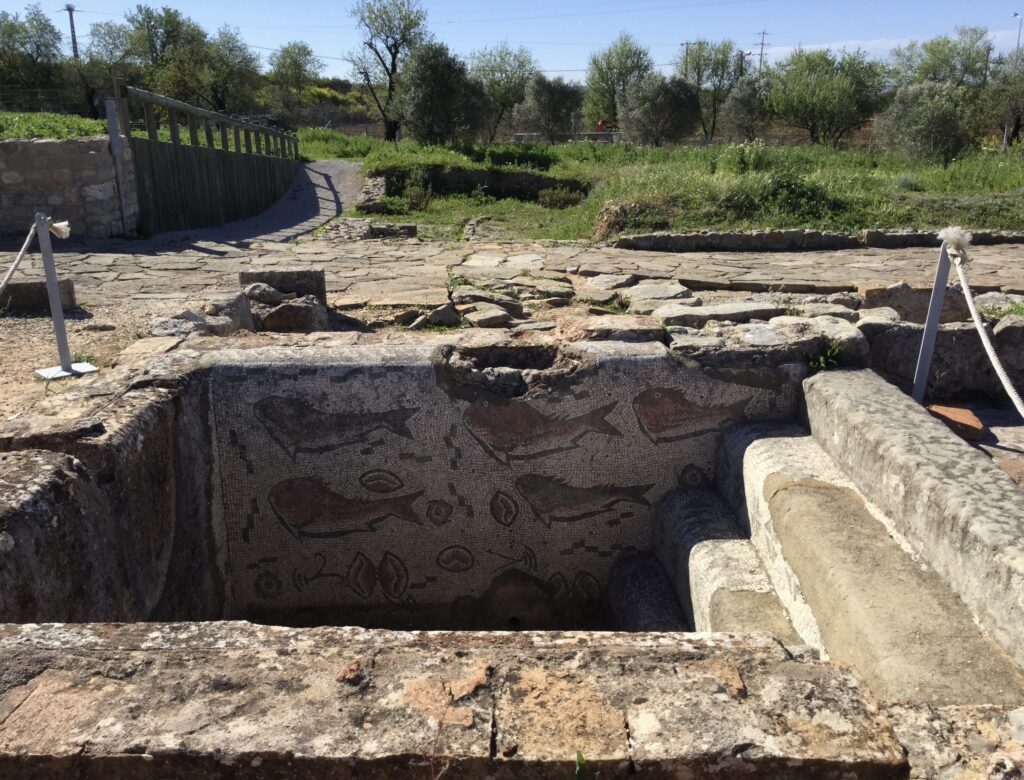
Tavira and the Algarve region are known for several delicious local food specialties. Here are a few you should try:
- Cataplana de Marisco:
- A traditional seafood stew cooked in a cataplana (a unique clamshell-shaped copper pot). It usually includes clams, prawns, fish, and sometimes chorizo, cooked with tomatoes, onions, and herbs.
- Bacalhau à Brás:
- A popular Portuguese dish made with shredded salted codfish, onions, finely chopped potatoes, eggs, and parsley, all sautéed together.
- Polvo à Lagareiro:
- Octopus cooked in olive oil, garlic, and herbs, often served with baked potatoes. It’s a staple in many Tavira restaurants.
- Amêijoas à Bulhão Pato:
- Clams cooked in a simple but flavorful sauce of garlic, olive oil, white wine, and cilantro. This dish is typically served with bread to soak up the delicious sauce.
- Dom Rodrigo:
- A traditional Algarve dessert made from egg yolks, sugar, and almonds, wrapped in colorful foil. It’s a sweet and rich treat.
- Conquilhas à Algarvia:
- A dish of small clams cooked with onions, garlic, tomatoes, and white wine, often seasoned with bay leaves and cilantro.
- Feijoada de Buzinas:
- A bean stew made with whelks (sea snails), often flavored with chorizo and vegetables. It’s a hearty and flavorful dish.
- Tarte de Amêndoa:
- An almond tart that’s a typical dessert in the Algarve, featuring a crunchy almond topping over a soft cake base.
- Sardinhas Assadas:
- Grilled sardines, a simple but delicious dish that’s particularly popular in coastal areas. They’re often served with salad and boiled potatoes.
- Medronho:
- A strong local spirit made from the medronho fruit (Arbutus unedo), also known as the strawberry tree fruit. It’s often enjoyed as a digestif.
Exploring these local specialties will give you a true taste of Tavira’s culinary heritage.
